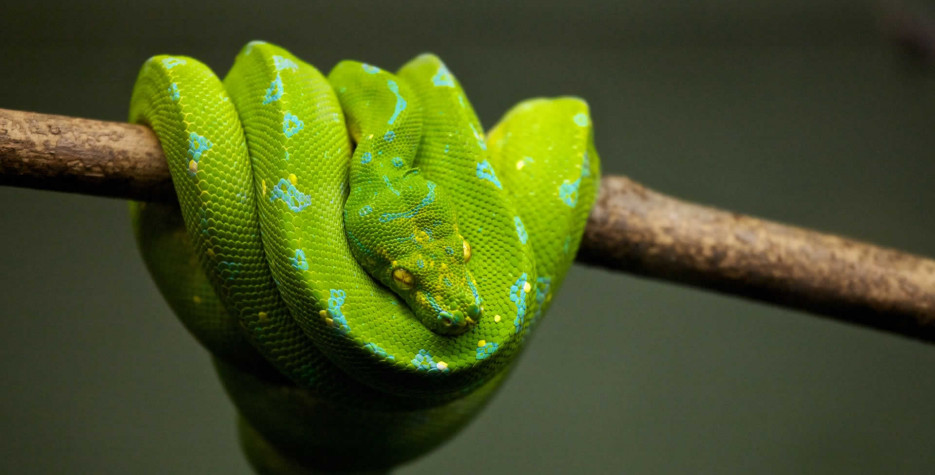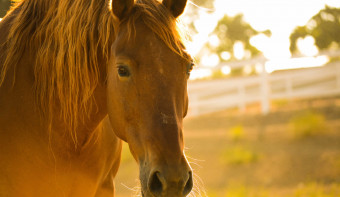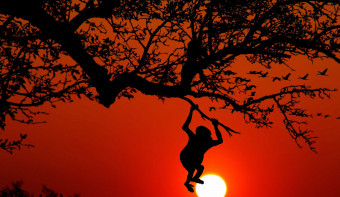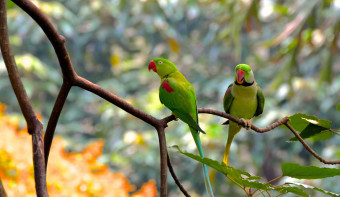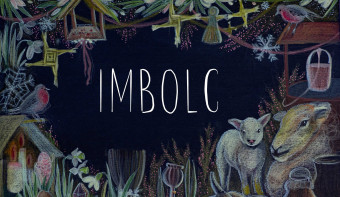About National Serpent Day
Though it's a good excuse to focus on these fascinating creatures, Serpent Day was originally intended as a weather forecasting day.
The start of February was a Celtic festival called Imbolc, and a traditional time of weather divination. There was an old custom of watching to see if serpents, hedgehogs or badgers came from their winter dens to indicate if the end of winter was approaching. This holiday still takes place in America, but groundhogs have replaced the hedgehogs.
A Scottish Gaelic hymn explains the serpent watching. The 'bride' is Bridget, whose day is February 1st.
Early on Bride's morn
The serpent shall come from the hole,
I will not molest the serpent,
Nor will the serpent molest me.
In Celtic mythology the Serpent or Snake represents rebirth, vitality and reproduction. Legend has it that they hold the secret knowledge of the earth.
Snake facts for Serpent Day
- Snakes Can Slither 12.5 Miles Per Hour.
- Inland Taipans Are The Most Venomous Snake In The World.
- Snakes don't have ears. Instead, their jaws pick up vibrations in the ground, alerting them that potential prey is nearby.
- Snakes repeatedly stick out their tongues because they have a special scent organ, known as the Jacobson organ, which allows them to taste and smell the air.
- Some snakes have thermal vision to help them hunt. Pits in front of their eyes sense the heat of their prey.
- Snakes play an important role in natural pest control by preying on rodents, which helps to keep ecosystems in balance.
Similar Observances
National Bird Day 🐦
Read More


